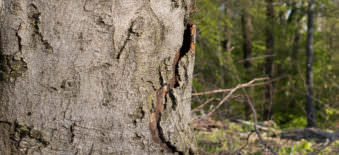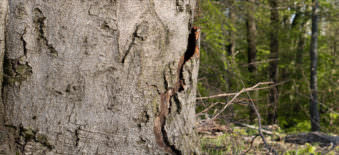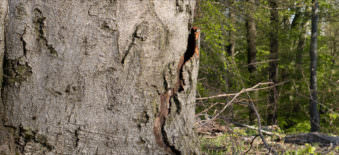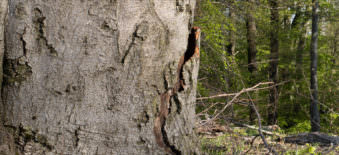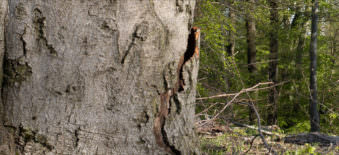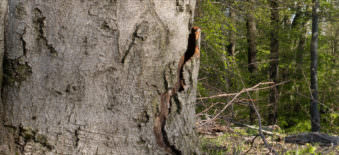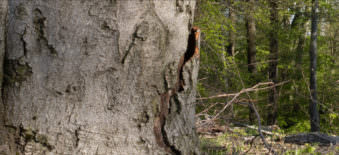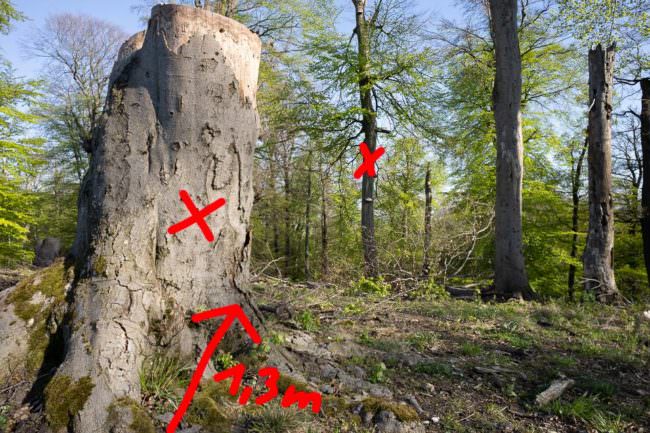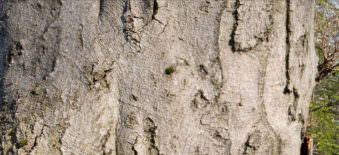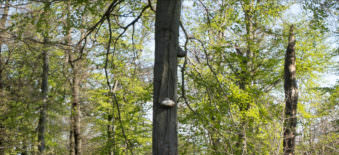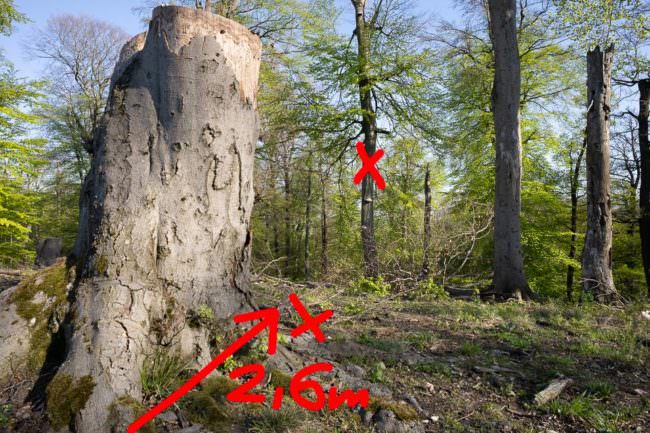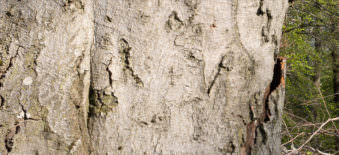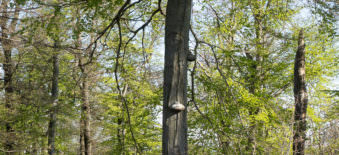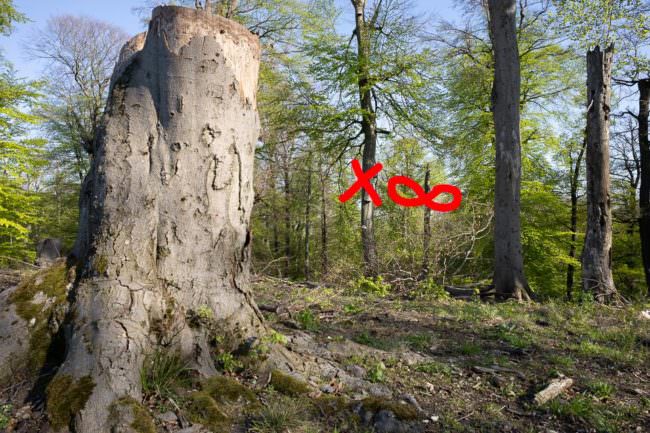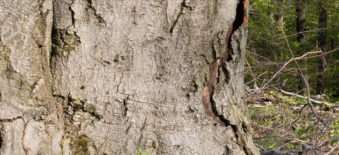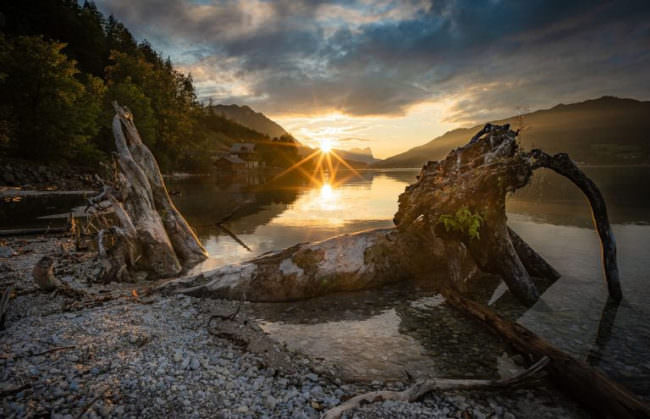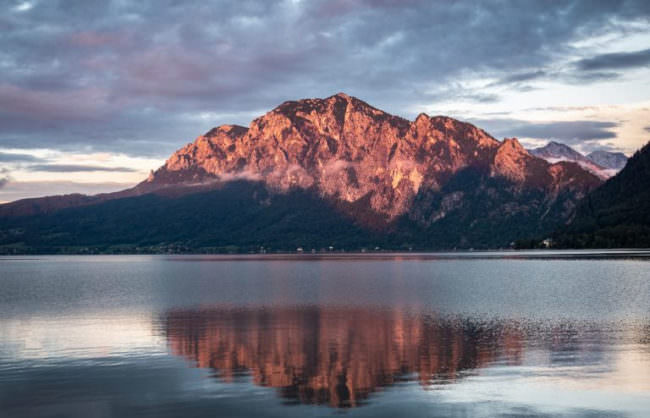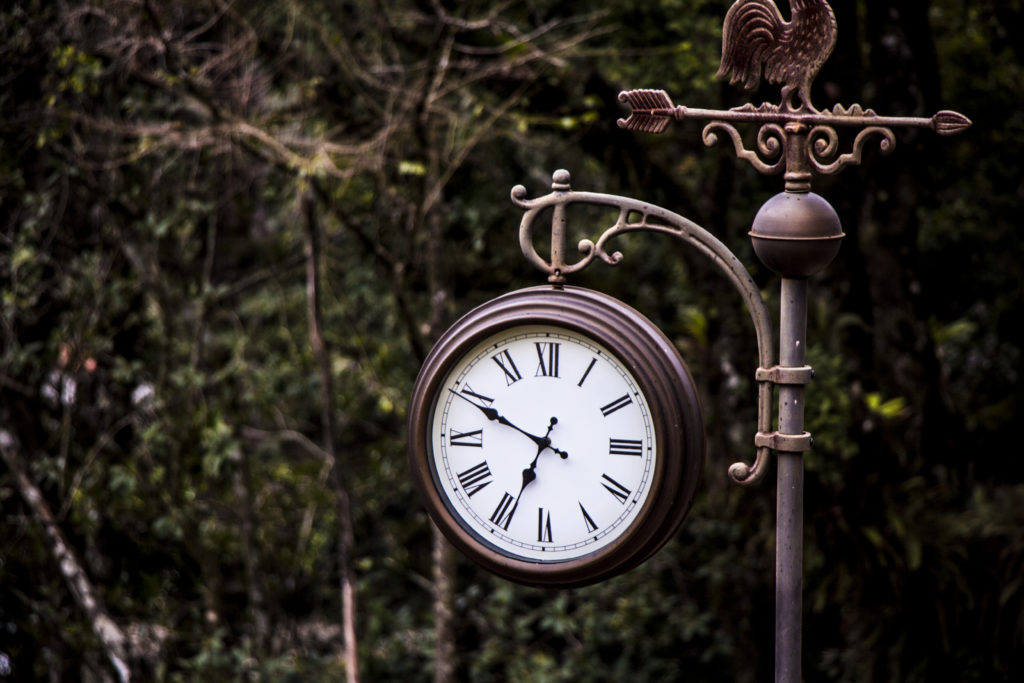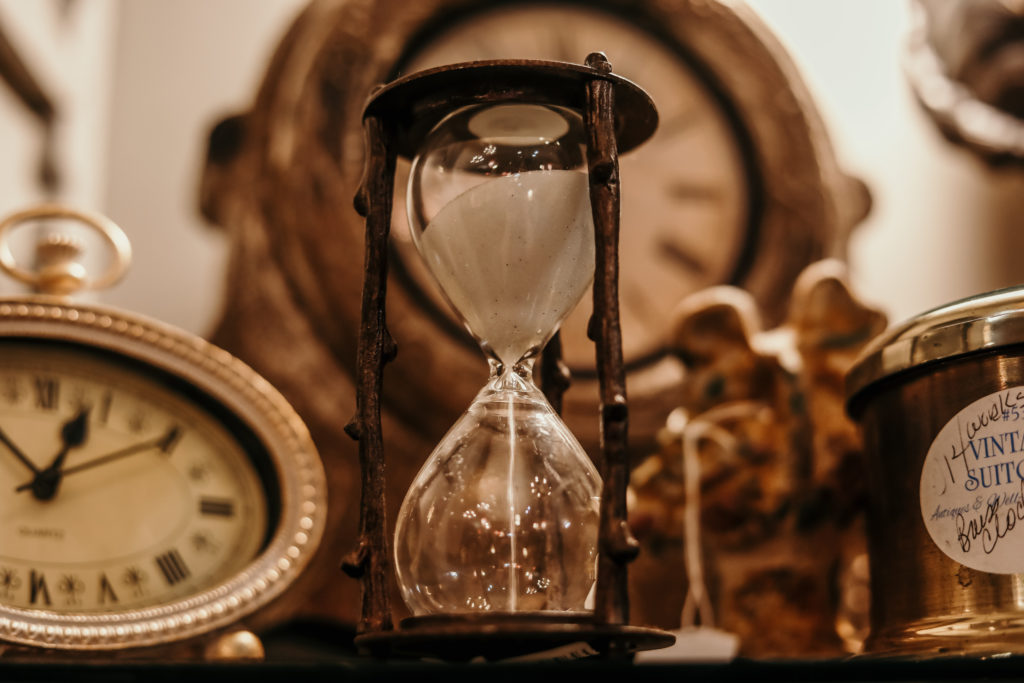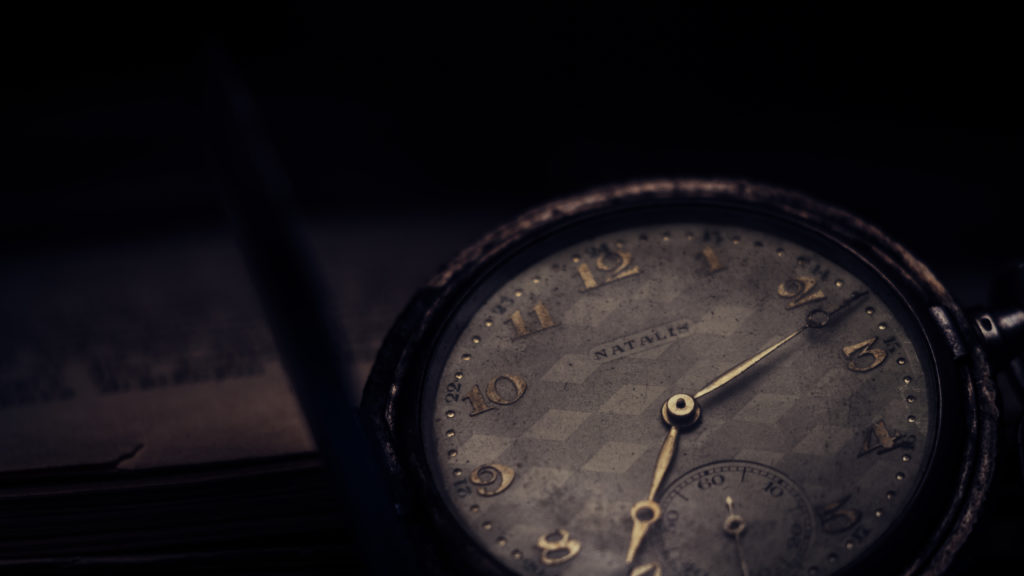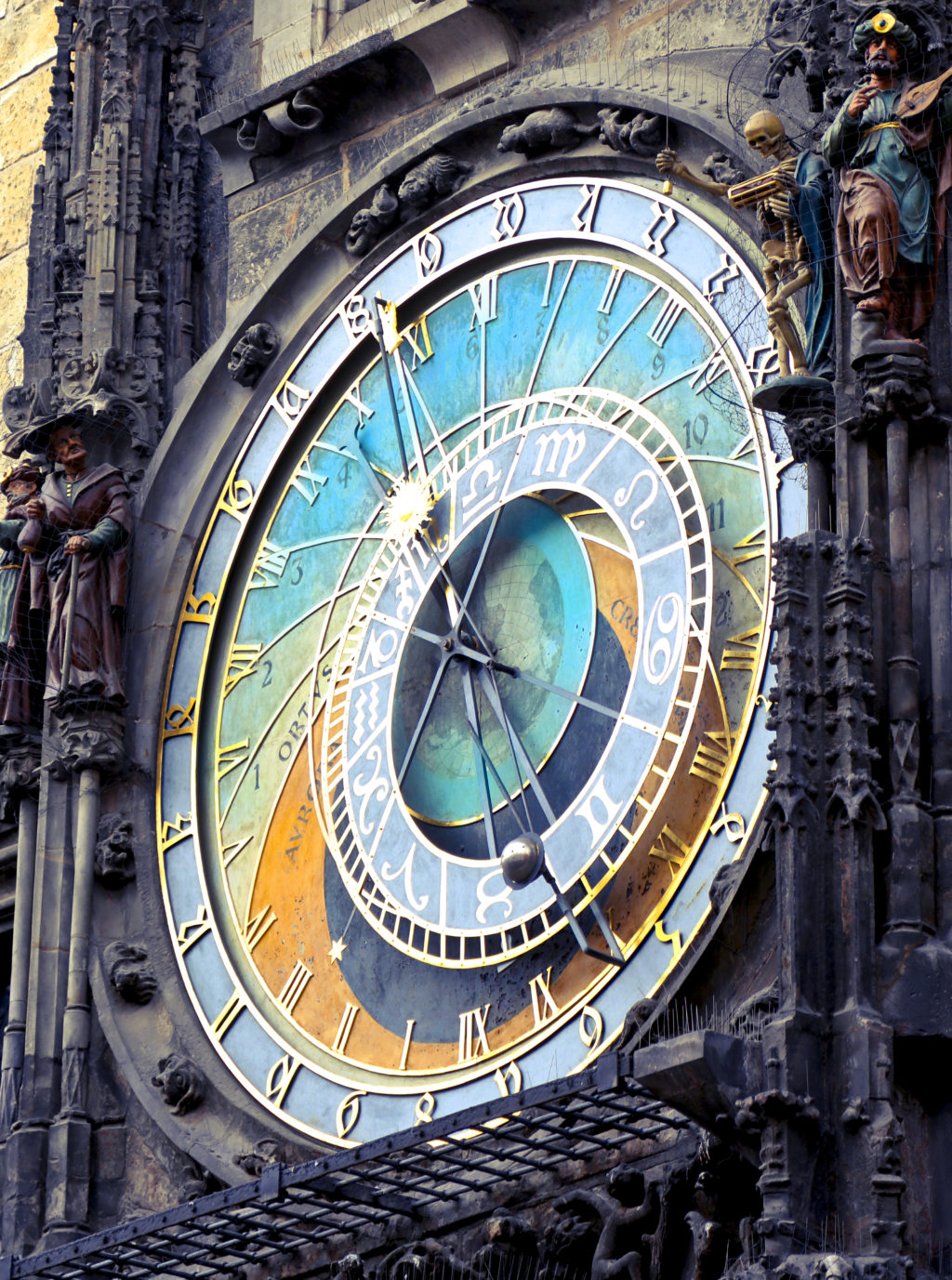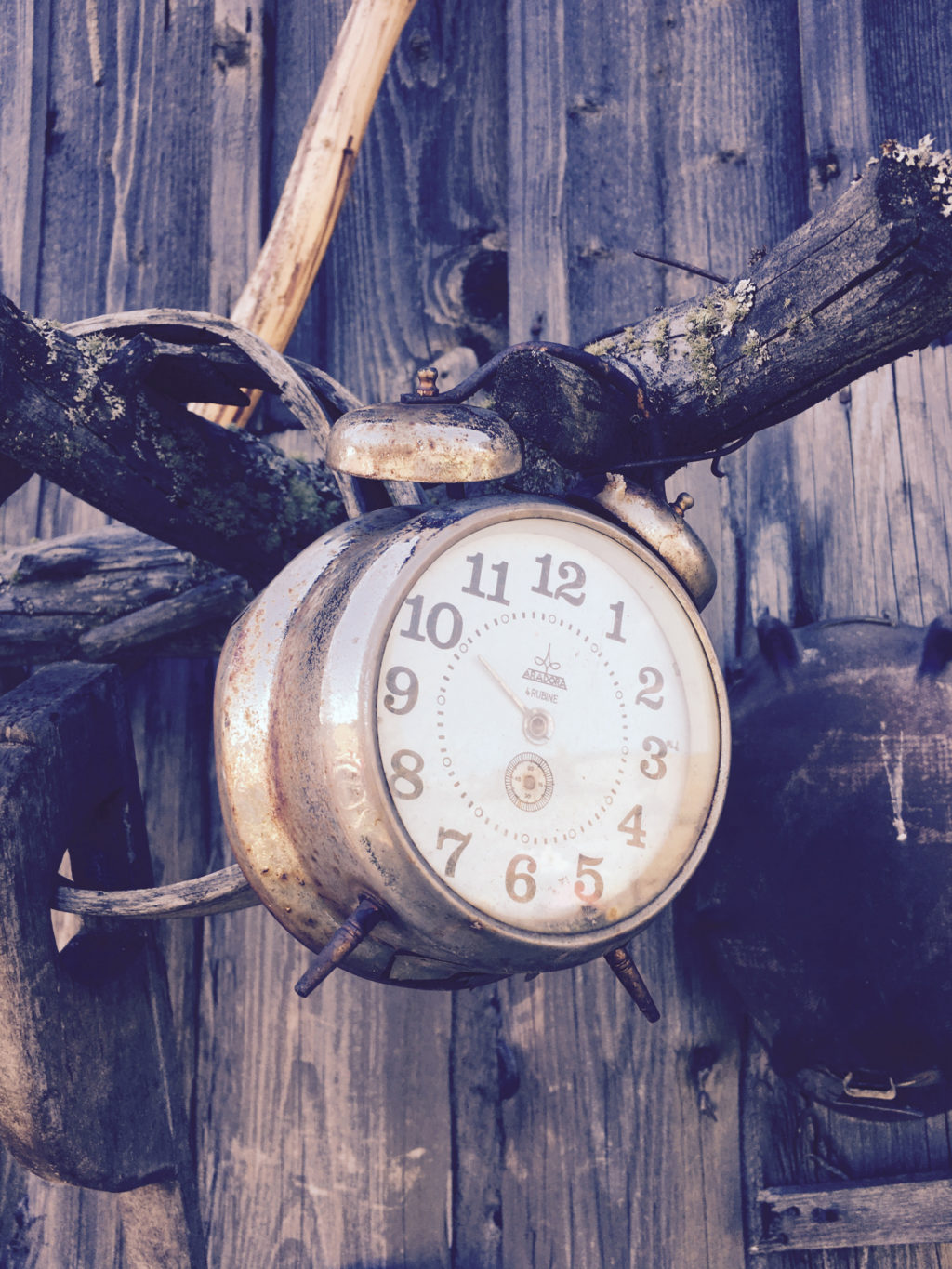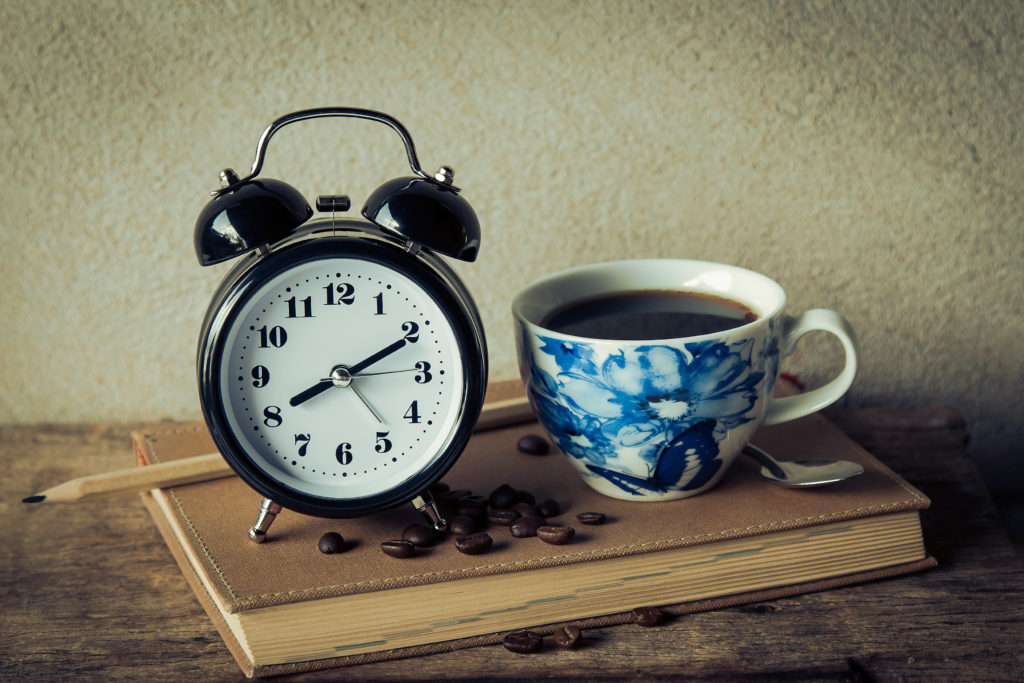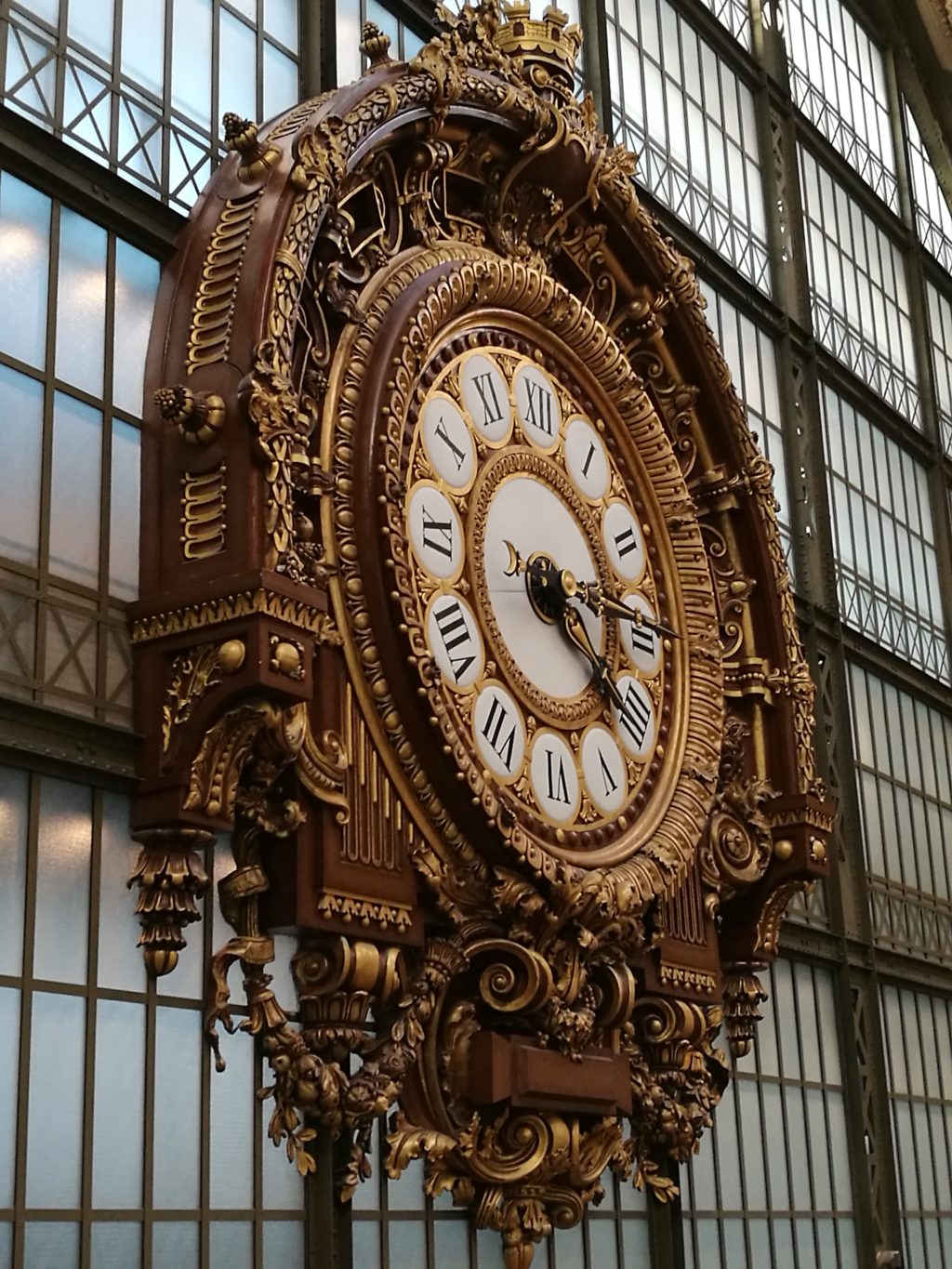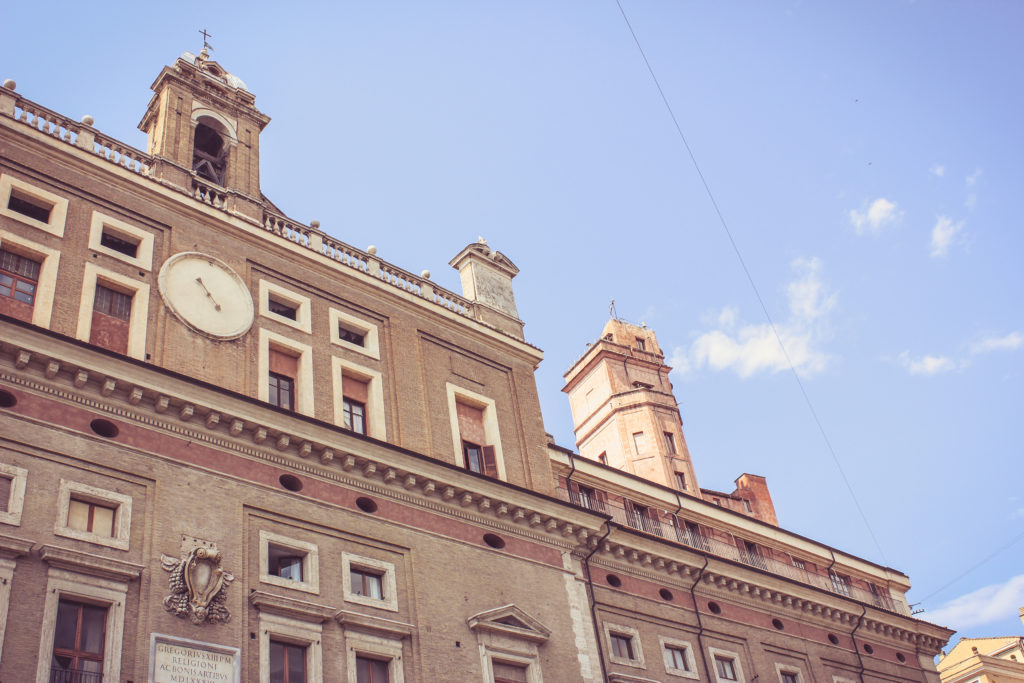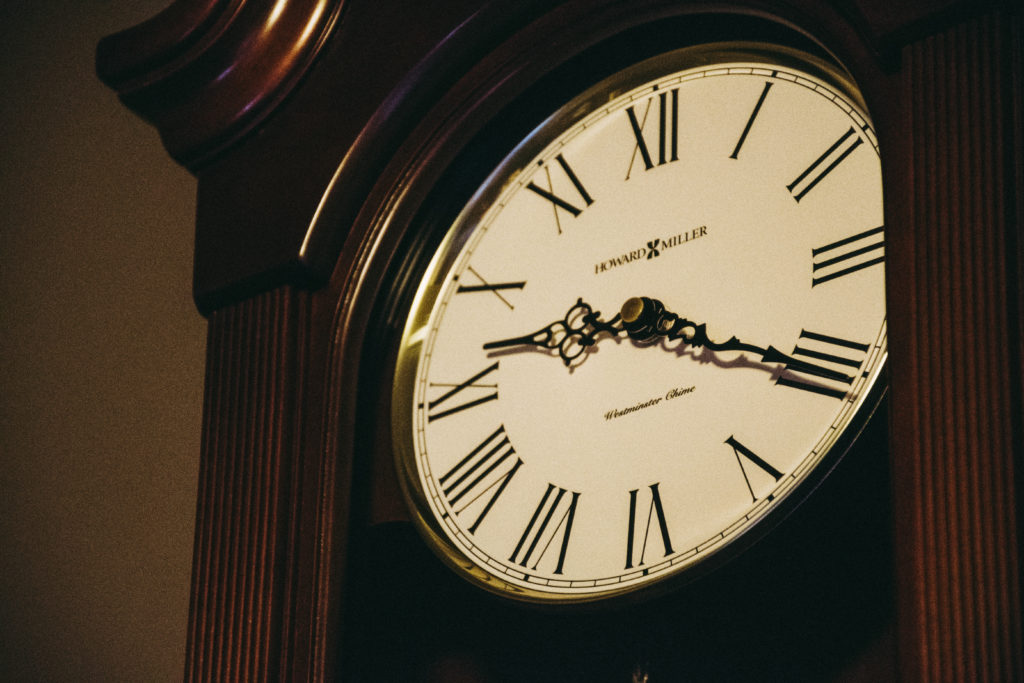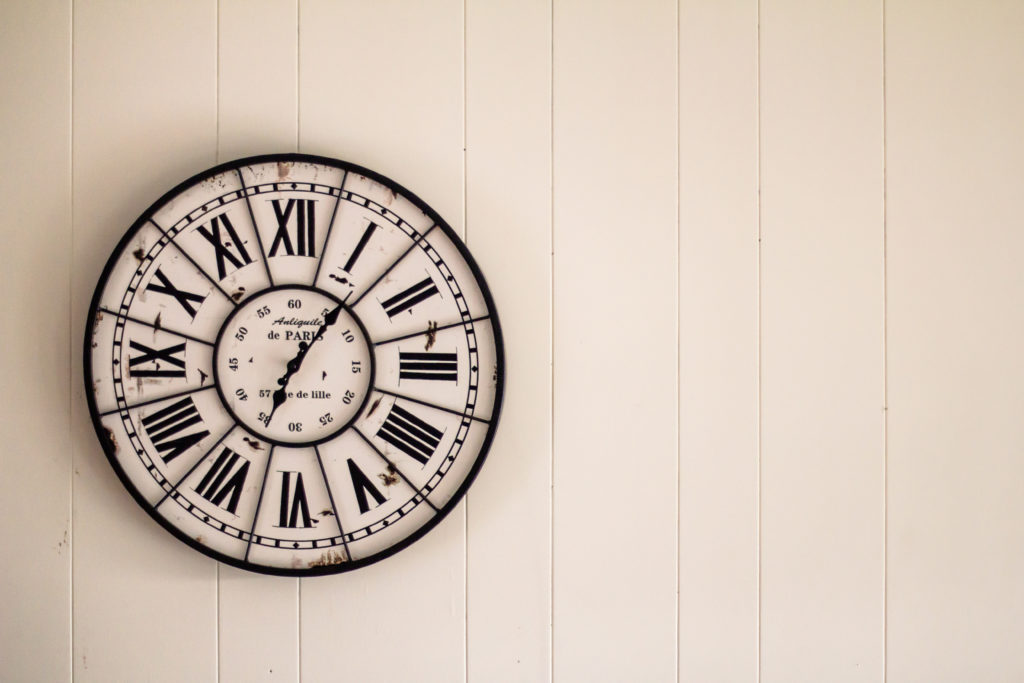Fokussieren in der Landschaftsfotografie
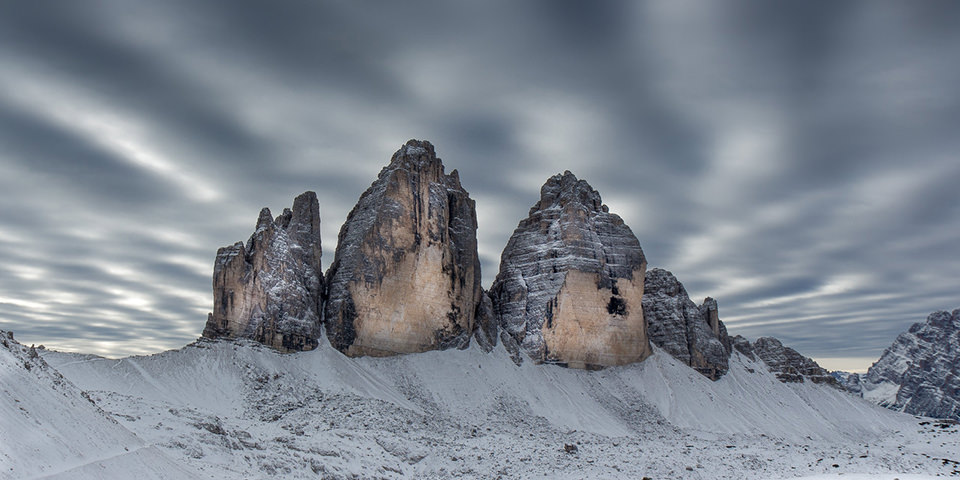
Ein Beitrag von: Stefan Czurda
Das Fokussieren in der Landschaftsfotografie ist ein viel diskutiertes Thema. Ziel ist es natürlich immer, möglichst scharfe Landschaftsfotos zu schießen. Aber wie bekomme ich eine ausreichende Schärfe auf meinen Landschaftsfotos und wo setze ich am besten den Fokus bei Landschaftsaufnahmen? Diese Frage ist nicht ganz so einfach zu beantworten.
Ich möchte Euch anhand mehrerer Beispiele zeigen, warum ich kein Fan der hyperfokalen Distanz bin und Euch eine einfache Methode vorstellen, wie Ihr Objekte sowohl im Vordergrund, als auch im Hintergrund scharf abbilden könnt. Hier findet Ihr alles, was Ihr für scharfe Landschaftsfotos braucht!
Wo ist mein Objektiv am schärfsten?
Wenn man zu Fotografieren beginnt, lernt man sehr schnell, dass man für mehr Schärfentiefe abblenden soll. Also warum nicht einfach Landschaftsfotos bei f/22 schießen, wird schon alles scharf sein, oder? So ganz einfach ist es dann doch nicht. Ab einer gewissen Blende kommen sogenannte Beugungseffekte ins Spiel, die die Schärfe vermindern. Daher ist es sehr wichtig, dass Ihr wisst, bei welcher Blende Euer Objektiv am besten betreffend der Schärfe abbildet.
Das lässt sich ganz einfach herausfinden. Montiert Eure Kamera auf ein Stativ und fokussiert auf einen bestimmten Punkt in Eurer Landschaft. Ich würde dazu ein markantes Objekt im Vordergrund Eures Bildaufbaus nehmen. Einmal fokussiert, ändert Ihr den Fokus nicht mehr. Am besten schaltet Ihr den Autofokus komplett aus und fasst den Schärfering nicht mehr an. Nun fangt Ihr mit der größten Blende an und fotografiert das gleiche Bild bis zur kleinsten Blende. Die Belichtung müsst Ihr natürlich bei jedem Wechsel anpassen. Danach schaut Ihr Euch die Schärfe in Lightroom an.
Die folgenden Bilder habe ich bei f/2.8 bis f/22 mit meinem Zeiss Loxia 21 an der Sony Alpha 7 III geschossen. Diese Kombination setze ich in der Landschaftsfotografie häufig ein. Ich habe hier nur mit den ganzen Blendenstufen (f/2.8, f/4, f/5.6, f/8, f/11, f/16, f/22) gearbeitet. Nun kann ich mir in Lightroom ansehen, wo das Objektiv am besten abbildet. Dazu verwende ich die Vergrößerung bei 100 %.
Das Schärfeoptimum am Fokuspunkt liegt bei f/8. Für die Landschaftsfotografie kann ich einen Bereich von f/8 bis f/13 gut gebrauchen. Bei diesen Blenden habe ich auch sehr gute Schärfe in den kritischen Randbereichen. Ab f/16 sieht man dann schon recht deutlich einen Abfall der Schärfe. Das habe ich aufgrund der Beugungseffekte natürlich auch erwartet. Ich setzte mir ein Limit bei f/13, weiter würde ich mit diesem Objektiv bei Landschaftsfotos nicht abblenden.
Bitte beachtet, dass das Zeiss Loxia 21 eine Festbrennweite ist. Arbeitet Ihr mit Zoom-Objektiven, dann müsst Ihr diesen Test eventuell bei verschiedenen Brennweiten machen. Macht Euch einmal die Arbeit und testet Euer Objektiv gründlich hinsichtlich der Schärfeleistung. So könnt Ihr immer im besten Schärfebereich fotografieren.
Nun möchte ich Euch mehrere Methoden für scharfe Fotos in der Landschaftsfotografie vorstellen. Konkret geht es nun darum, wo ich am besten meinen Fokuspunkt für scharfe Landschaftsfotos setze.
Fokussieren mit der hyperfokalen Distanz
Das Konzept der hyperfokalen Distanz ist nach wie vor sehr beliebt beim Fokussieren in der Landschaftsfotografie. Fokussiert Ihr auf ein Objekt, das der hyperfokalen Distanz entspricht, dann soll alles von der halben hyperfokalen Distanz bis unendlich eine größtmögliche Schärfentiefe besitzen. Die hyperfokale Distanz ist abhängig von der Brennweite und von der Blende. Die Werte lassen sich aus Tabellen ablesen. Ebenso gibt es Handy-Apps (wie Photo Pills), die Euch die Werte auslesen lassen.
Vorweg, ich bin kein Fan dieses Konzepts und finde es eigentlich nicht brauchbar für scharfe Landschaftsfotos. Außerdem finde ich es umständlich, denn man muss die Distanzen immer wissen und dann den Abstand von der Kamera zum Objekt, auf das fokussiert werden soll, abmessen.
Für meinen Test wähle ich Blende f/11. Der Wert liegt in meinem definierten Schärfeintervall von f/8 bis f/13. Die hyperfokale Distanz für das Zeiss Loxia 21 bei f/11 beträgt 1,32 m. Fokussiere ich auf ein Objekt, das 1,32 m entfernt ist, dann sollte alles von 66 cm (halbe hyperfokale Distanz) bis unendlich möglichst scharf abgebildet werden.
Der linke Baum im folgenden Bild ist 1,3 m von meiner Kamera entfernt und entspricht der hyperfokalen Distanz. Ich habe es exakt abgemessen! Fokussiert habe ich mit der Fokuslupe mit 5.9 x Vergrößerung mit der Sony Alpha 7 III im Sucherbild.
Der hintere Baum liegt in einem weit entfernten Bereich. An diesem Punkt möchte ich die Schärfe evaluieren. Der hintere Baum muss möglichst scharf abgebildete werden, wenn das Konzept der hyperfokalen Distanz stimmt.
Die Bildschärfe der mit X markierten Bereiche schaue ich mir in Lightroom bei 100 % an:
Links passt der Fokus, dort habe ich fokussiert! Rechts im weiter entfernten Bereich ist das Bild aber etwas weich. Ich habe den Test bei f/13 wiederholt und das Ergebnis war ebenso ernüchternd. Fokussieren mittels hyperfokaler Distanz für scharfe Landschaftsfotos kann ich nicht empfehlen.
Fokussieren auf die doppelte hyperfokale Distanz
In einem spannenden Video empfiehlt Landschaftsfotograf Ross Hoddinott, auf die doppelte hyperfokale Distanz zu fokussieren. Dieses Konzept habe ich ebenso ausprobiert.
In meinem Setting wieder bei f/11 entspricht die doppelte hyperfokale Distanz 2,64 m. Ein kleines Pflänzchen hinter meinem Baum befindet sich 2,64 m von der Kamera entfernt und dient mir nun als neuer Fokuspunkt. Auch hier habe ich die Distanzen genau abgemessen.
Nun kontrolliere ich die Schärfe wieder am vorderen und hinteren Baum:
Beim Fokussieren auf die doppelte hyperfokale Distanz habe ich an beiden Objekten eine gute Schärfe. Dieses Konzept funktioniert gut für scharfe Landschaftsfotos. Allerdings muss man hier natürlich ein wenig Rechnen.
Nun habe ich aber noch ein weiteres Konzept für scharfe Fotos, bei dem alles ein wenig einfacher funktioniert.
Fokussieren auf die minimale Distanz mit der Fokuslupe
Auf YouTube habe ich ein weiteres sehr interessantes Video gefunden. Sony Alpha Ambassador Mark Galer zeigt, wie man die exakte hyperfokale Distanz ganz einfach mit der Fokuslupe der Sony Alpha 7 finden kann. Für diese Technik braucht Ihr keine Tabellen und Werte. So bin ich beim Fokussieren auf die minimale Distanz mit meiner Sony Alpha 7 III vorgegangen:
- Fokussiert mit der Fokuslupe bei höchster Vergrößerung auf ein markantes Objekt im Hintergrund Eures Ausschnittes.
- Ihr müsst manuell fokussieren.
- Zum korrekten Positionieren des Autofokusfeldes nutzt am besten das Flexible Spot Medium Fokusfeld.
- Verwendet dazu immer den Sucher.
- Nun fokussiert Ihr mit der Fokuslupe nur so weit, bis das Objekt in der Ferne gerade scharf abgebildet ist – also auf die geringste Distanz, die möglich ist.
Die Fokuslupe habe ich mir auf die C1-Taste der Sony Alpha 7 III gelegt. Drücke ich zweimal auf diese Taste, bin ich im Sucherbild in der größten Vergrößerung. Das Fokussieren ist nicht ganz einfach und benötigt ein wenig Übung. Man gewöhnt sich aber sehr schnell daran. Ich verwende keine Kantenanhebung, da sie mich beim Scharfstellen bei höchster Vergrößerung stört. In meinem Setting habe ich wieder bei f/11 auf dem Baum im Hintergrund fokussiert.
Nun evaluiere ich wieder die Schärfe im Vordergrund und Hintergrund:
Sowohl im Vordergrund, als auch im Hintergrund habe ich mit dieser Methode eine wirklich gute Schärfe. Eine tolle Technik für scharfe Landschaftsfotos, ganz ohne Tabelle und Rechnen! Sollte der Fokus im Vordergrund allerdings nicht passen, dann könnt Ihr maximal bis Blende f/13 abblenden.
Wo fokussiere ich in der Landschaftsfotografie?
Hier sind ein paar einfache Regeln, die Euch das Fokussieren in der Landschaftsfotografie erleichtern sollen. So bekommt Ihr garantiert scharfe Fotos.
Regel 1: Spannendes Objekt im Vordergrund
Habt Ihr im Vordergrund ein spannendes Objekt (siehe Foto oben vom Sonnenuntergang), dann sollte es scharf abgebildet werden. Sucht Euch ein Objekt im Hintergrund und fokussiert manuell auf die minimale Distanz, wie oben beschrieben. Das Objekt sollte aber nicht zu weit im Hintergrund liegen (max. bei 2/3 des Bildes). Wenn der Vordergrund nicht scharf erscheint, dann blendet so weit ab, wie es der Schärfebereich Eures Objektivs zulässt. Am einfachsten geht das mit einer Systemkamera. Verwendet dazu den Sucher und die Funktion „Fokuslupe“ bei der höchsten Vergrößerung.
Regel 2: Kein spannendes Objekt im Vordergrund
Befindet sich im Vordergrund nichts Spannendes, dann könnt Ihr einfach mit dem Autofokus auf das gewünschte Objekt im Hintergrund fokussieren. Ihr verliert je nach Blende nach vorn vielleicht etwas Schärfe, aber das kann Euch in diesem Setting egal sein (siehe das untere Bild). Eventuell müsst Ihr hier auch nicht so weit abblenden.
Regel 3: Die richtige Blende für scharfe Landschaftsfotos
Verwendet immer jene Blenden, bei der das Objektiv eine gute Schärfentiefe hat und besonders scharf abbildet. Testet unterschiedliche Blenden bei unterschiedlichen Brennweiten. In der Regel sind das Blenden zwischen f/8 und f/13, wenn man mit einer Vollformatkamera arbeitet. Vergesst nicht, dass sich kleinere Sensoren hinsichtlich der Schärfentiefe anders verhalten. Hier liegt das Optimum der Schärfe bei größeren Blenden als am Vollformat und Beugungseffekte treten früher ein.
Fazit
Meiner Meinung nach ist die hyperfokale Distanz eher ein mathematisches Konzept und kann im Zeitalter hochauflösender digitaler Kameras nur mehr bedingt für scharfe Fotos eingesetzt werden. Die Methode der minimalen Distanz finde ich sehr brauchbar. Mit ein wenig Übung ist sie sehr einfach durchzuführen und meiner Meinung nach für scharfe Landschaftsfotos wirklich empfehlenswert.
Der Artikel erschien zuerst auf Stefan Czurdas Blog. Wir veröffentlichen ihn mit freundlicher Genehmigung.
kwerfeldein – Magazin für Fotografie http://bit.ly/2DF3C52
Sourced by Time Trap Photography sharing the best photography tips, news and tricks throughout the industry. Time Trap Photography is dedicated to freezing those special moments in life that can be revisited and admired for generations to come. - Shannon Bourque
Please visit our main site for booking availability and rates.

Receive valuable industry knowledge delivered free to your email each day.


